mindfulness program for elementary schools
Jul 10, 2022

Developed by leading mindfulness teachers, Paws b is a practical and fun classroom introduction to mindfulness. At the most basic level, Paws b aims simply to be an awareness-raising exercise that gives 7-11 year-olds a taste of mindfulness, so they know about it, and can thus return to it later in life, learning more about it when this is useful to them.
The most fundamental aims are:
For all children to know about mindfulness.
For most to enjoy it.
For many to use it now and again.
For some to practise daily.
For as many as possible to remember it.
Here are the learning intentions for each lesson:
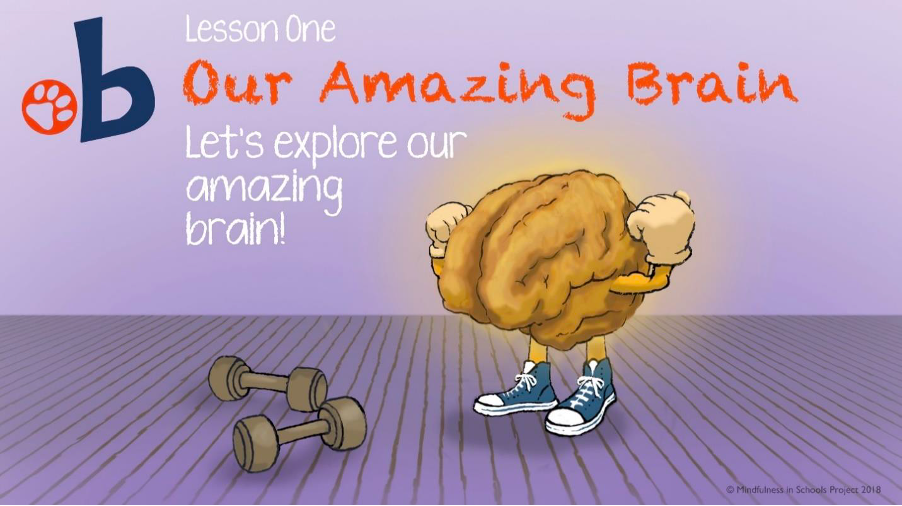
Lesson 1: Our Amazing Brain!
Learning Intention:
To introduce the idea of the mind and the brain as separate but connected.
To explore how the brain can be changed depending on how we train our minds.
To experience what it’s like to direct the attention.
To provide some simple tools for training attention.
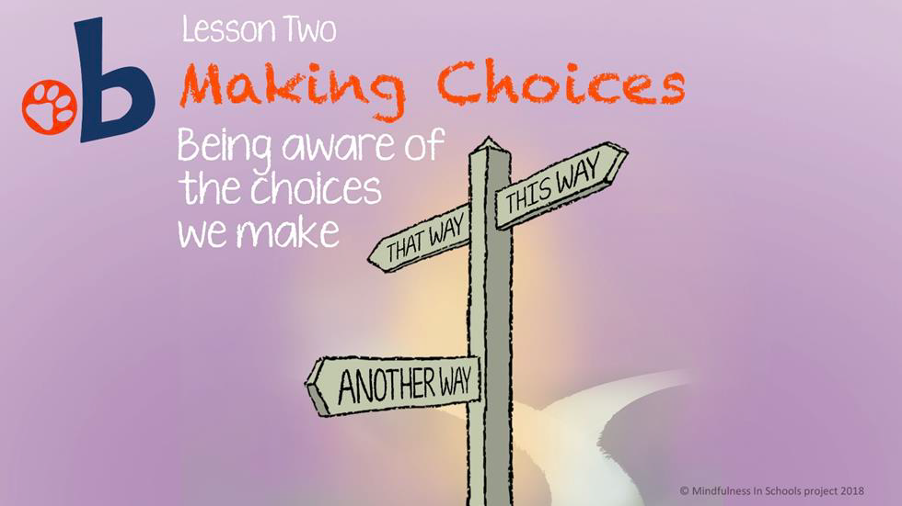
Lesson 2: Making Choices
Learning Intention:
To recognise that we have to make many choices in a day.
To understand that we can train our brain to be aware of when we make those choices.
To begin to train the mind in order to become more aware of our feelings and thoughts which can affect the choices we make.
To begin to recognise when there is an opportunity to make skillful choices
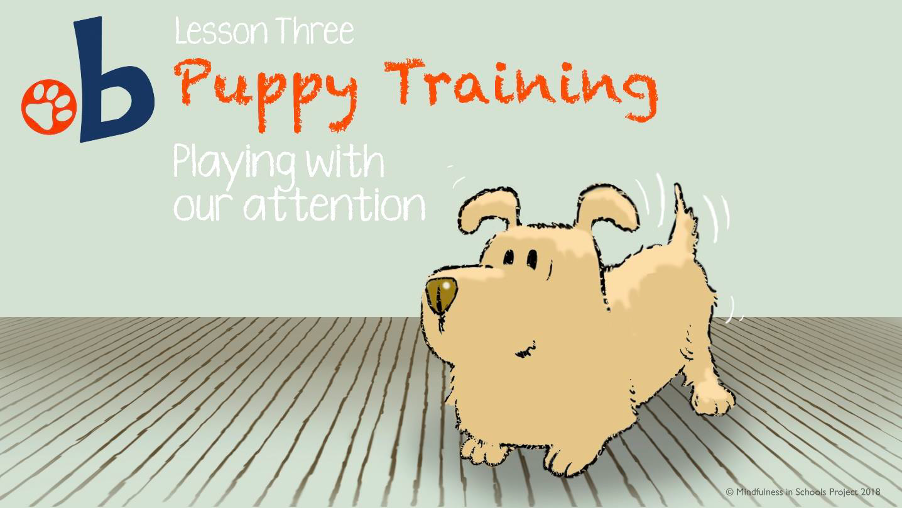
Lesson 3: Puppy Training
Learning Intention:
To introduce the idea of the faculty of attention.
To experience how we might direct our attention.
To understand the untrained mind’s fickle nature – it is like a puppy!
To learn some simple tools for training attention with attitudes of kindness, patience, and repetition
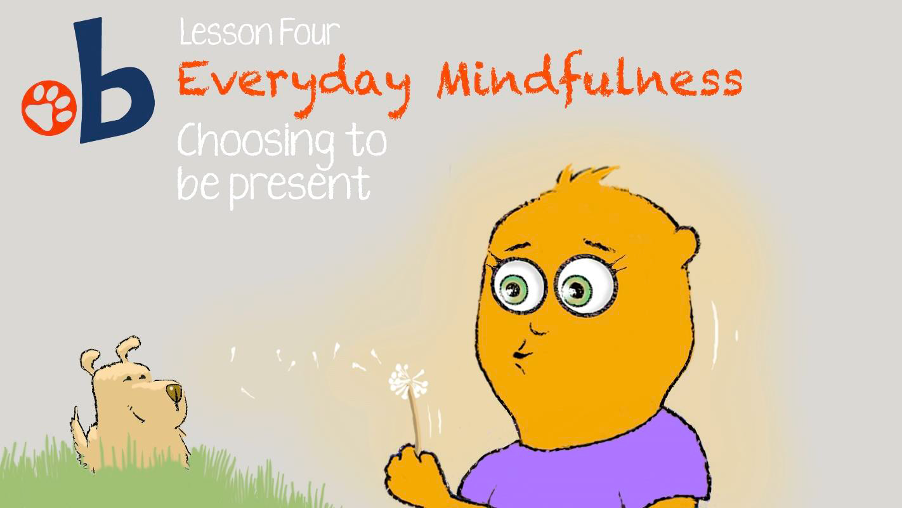
Lesson 4: Everyday Mindfulness
Learning Intention:
To introduce the idea of autopilot
To explore how we can step out of autopilot when we choose to.
To understand the role of the hippocampus in connecting previous experiences with current ones.
To understand the role of the hippocampus in connecting previous experiences with current ones.
To explore the everyday experience of stopping and ‘checking in’ with present-moment awareness.
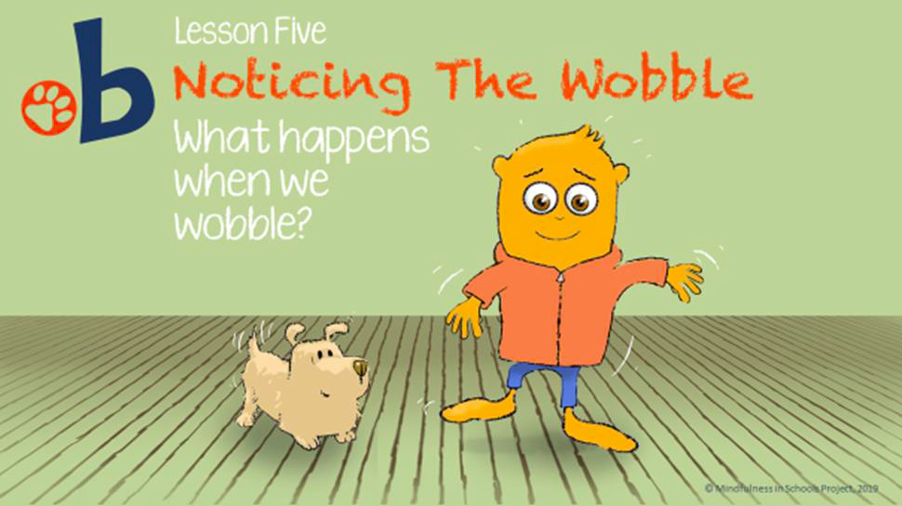
Lesson 5: Noticing the Wobble
Learning Intention:
Recognising that we all wobble.
Expanding breath awareness practices –finger breathing.
Exploring how to notice the wobble, and finding ways to steady ourselves.
Understanding how the Insula works with the Prefrontal Cortex helps us do this.
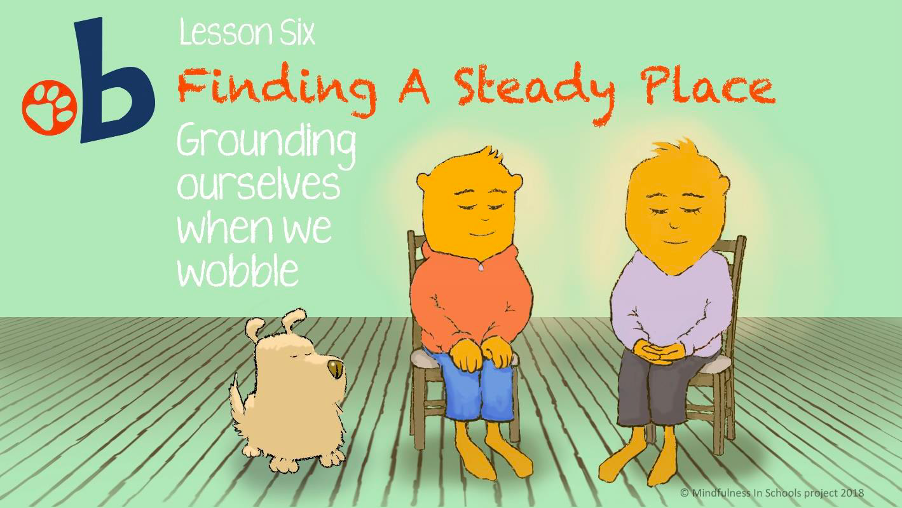
Lesson 6: Finding a Steady Place
Learning Intention:
Recognising how we notice when we (and others) wobble.
Learning how to steady ourselves when we notice the wobble.
Exploring settling attention in the lower half of the body as an anchor or steady base.
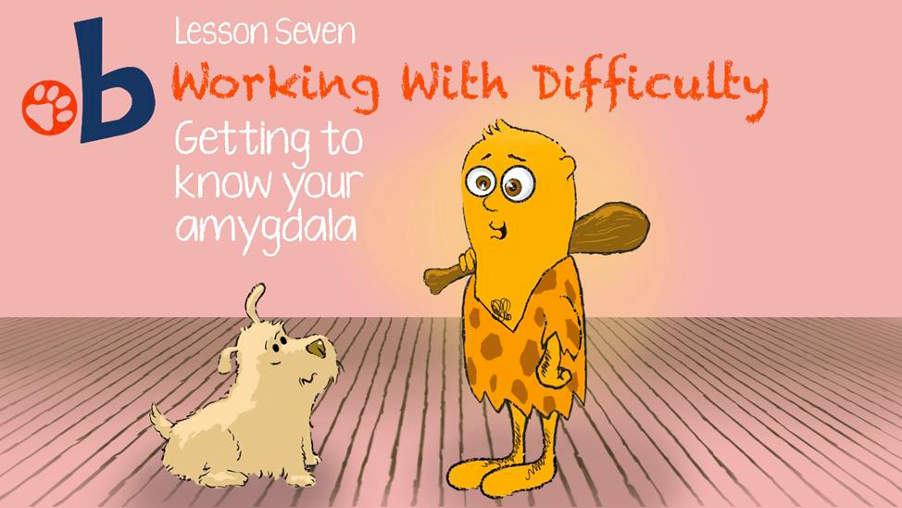
Lesson 7: Working with Difficulty
Learning Intention:
Introducing the amygdala - learning to deal skilfully with difficulty.
Exploring the nature of mind and human patterns of reactivity.
Taking responsibility to keep the mind and body safe and healthy by choosing a response.
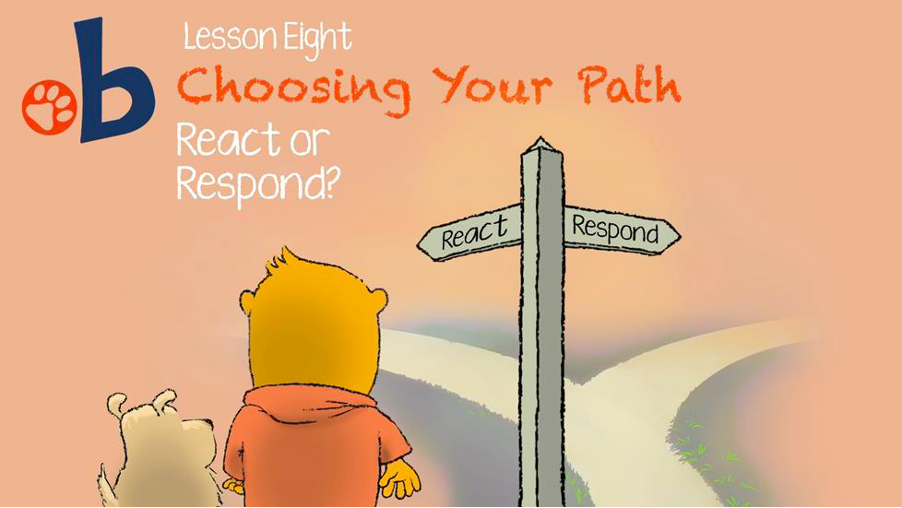
Lesson 8: Choosing Your Path
Learning Intention:
Understanding when Fight/Flight/Freeze are important and when they are less helpful.
Exploring the difference between reacting and responding.
Practising pausing and choosing a different path.
Beginning to explore self-care and compassion – can we be kind to ourselves as well as others?
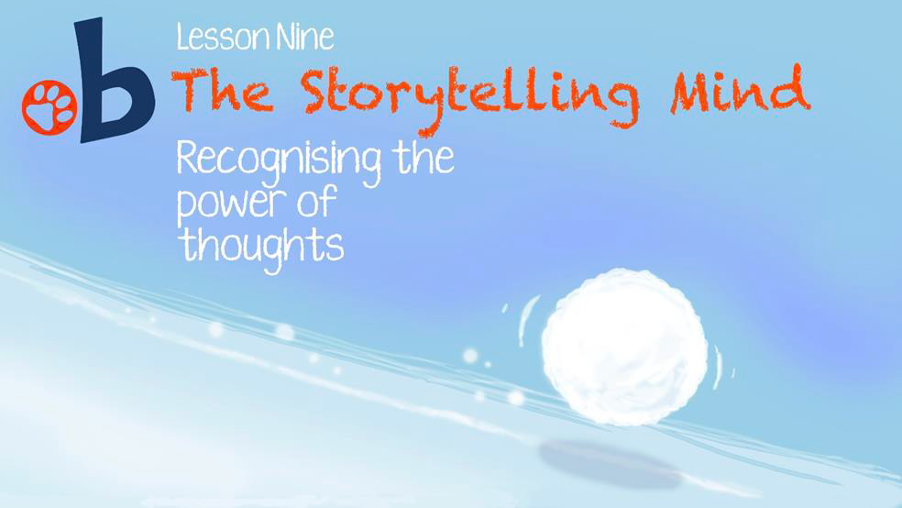
Lesson 9: The Storytelling Mind
Learning Intention:
Exploring the nature of the mind (trying to make sense of, filling in the gaps, telling us stories).
Learning to recognise thoughts (metacognitive awareness).
Beginning to explore decentring from thoughts –thoughts are not facts.
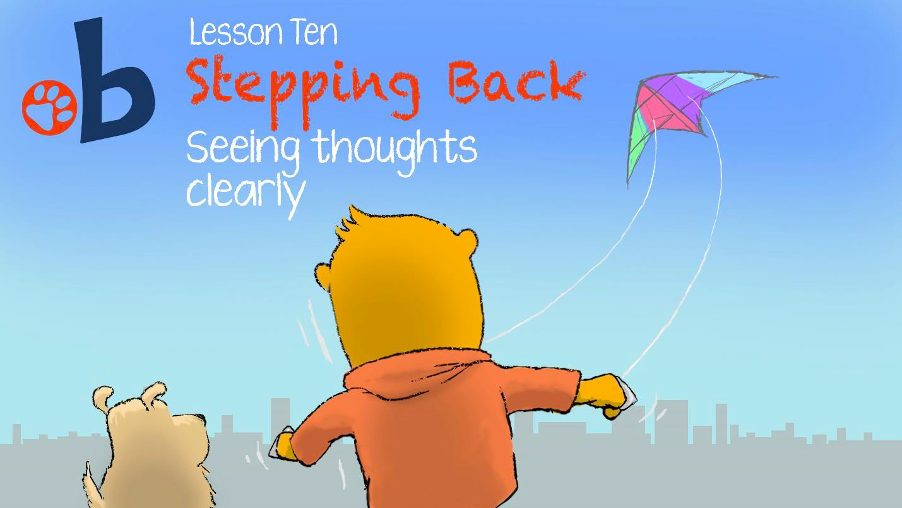
Lesson 10: Stepping Back:
Learning Intention:
Understanding how thinking about what might be can exhaust us.
Learning to recognise how this can combine with body sensations, moods, and actions.
Exploring how to use practice to steady and step back from difficult thoughts.
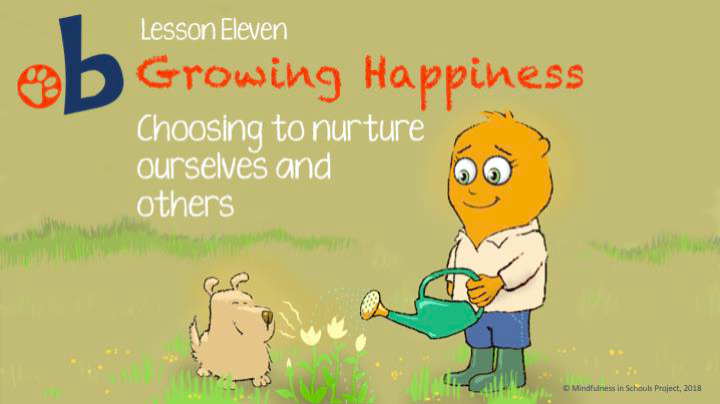
Lesson 11: Growing Happiness.
Learning Intention:
Exploring how we can nurture ourselves and others.
Learning how to make room for and choosing happiness in our lives.
Noticing the details of the experience of happiness.
Sharing happiness.
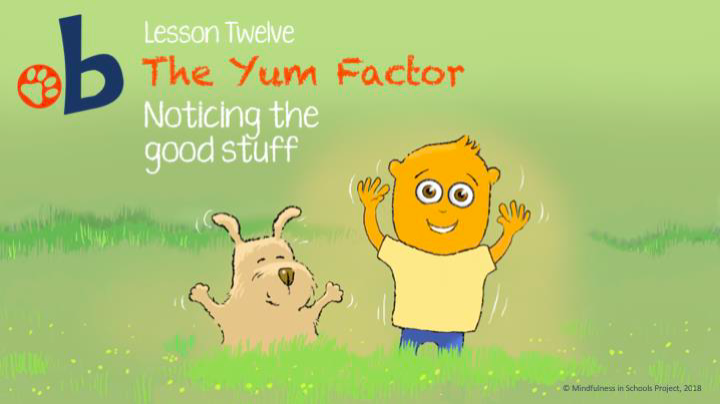
Lesson 12: The Yum Factor
Learning Intention:
Learning how to shift attention towards pleasant experiences.
Understanding how savouring these experiences can increase levels of happiness.
Recognising the Paws b journey and recalling what we have learned.
